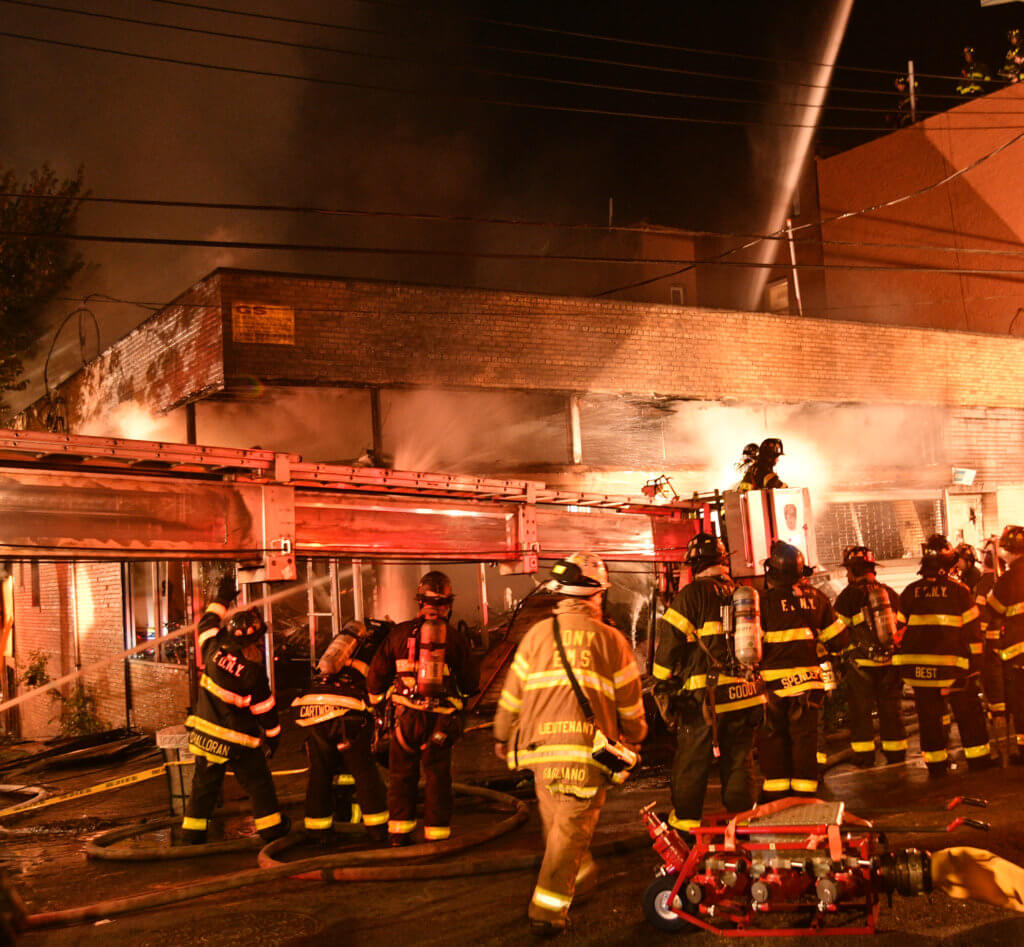After being labeled an alarmist and dismissed as an anti-e-bike zealot (for the record, I love riding quality e-bikes), I feel vindicated. It may have taken them over 3 years to echo my concerns, but a respected bicycle retailer consulting group known as Human Powered Solutions (HPS) recently published “Safe Lithium-Ion Battery Storage and Charging Procedures.” You should substitute “e-bike” for “Lithium-Ion” in their title to make the story more honest and understandable. The article builds on a story I published that remains one of the most-read articles to appear on Jimmy Mac On Two Wheels.
While the HPS article is written primarily for bicycle retailers, the fire risk certainly doesn’t end at a retailer’s door. I urge every e-bike owner to read the Human Powered Solutions’ article and implement as many of their suggestions as possible in your home.
Kudos to HPS for shining light on a problem that the e-bike industry has downplayed as a rare occurrence or one that affects only low-quality products. Specialized’s voluntary recall proves this danger is not limited to inexpensive e-bikes and while e-bike fires may well be a “rare” occurrence, I have to ask: Are you feeling lucky?

Tips riders can use today
Until a company offers an e-bike-specific, certified, consumer-level, battery storage container, there are a few tips e-bike owners can adopt today to protect themselves:
1. Never leave a battery charging unattended. Day or night.
2. Don’t overcharge batteries.
3. Don’t charge batteries near combustible or explosive materials.
4. Don’t charge a battery in a confined space like a motorhome, RV, boat, automobile, van or shed.
5. Never charge a battery that has been dropped, damaged or dinged.
6. Never modify a battery.
7. Use only batteries recommended and approved by your bike’s manufacturer.
8. Charge batteries on wire shelving with rollers. This allows an overheating or flaming battery to be quickly rolled away from structures.
CLICK HERE FOR STORES RELATED TO E-BIKE FIRES
